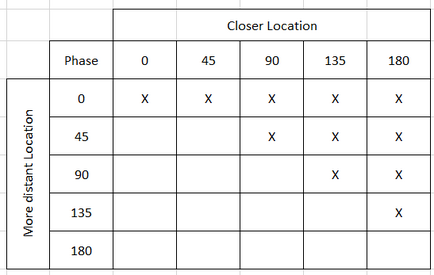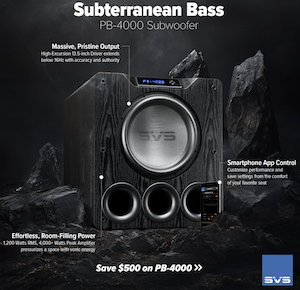Sorry my question not clear.
Post 169
Were you were saying that when combining the two subs with the alignment tool and align sum it should match the measured two subs graph this is a sign that measurement is ok.
Thanks
Yes. Its a confirmation that nothing has inadvertently been messed up by the user in the process, which can be surprisingly easy to do.
The alignment tool calculations are 100% accurate so when you find the best alignment save the aligned (summed) measurement. Next enter the alignment tool delay into the DSP (minidsp, AVR, whatever). If you now take a measurement of the combined subs and the mic has not been moved and no other settings anywhere have been changed, then the REW actual measurement will match the Alignment tool calculated results, EXACTLY.
When using the .mdat provided and the two measurements I believe to be the measurements for each sub separately and combined them with a 9.5ms delay, the measurement tool Calculated Result did not match a measurement in the .mdat that I assume was an actual measurement of the combined subs also with a 9.5ms delay added to the DSP. Until that can be explained an analysis of the .mdat by others may be invalid insofar as this exercise is concerned.














